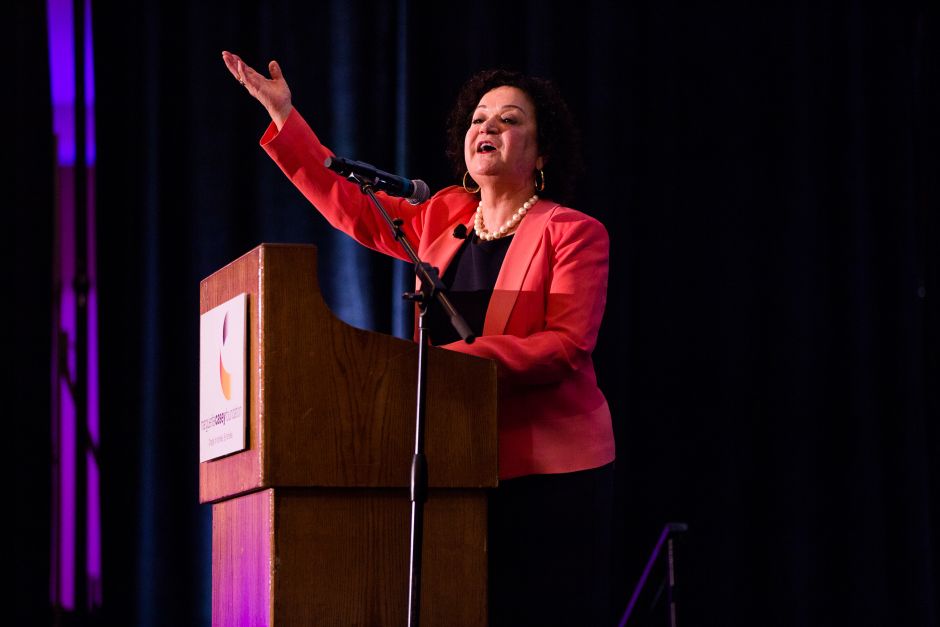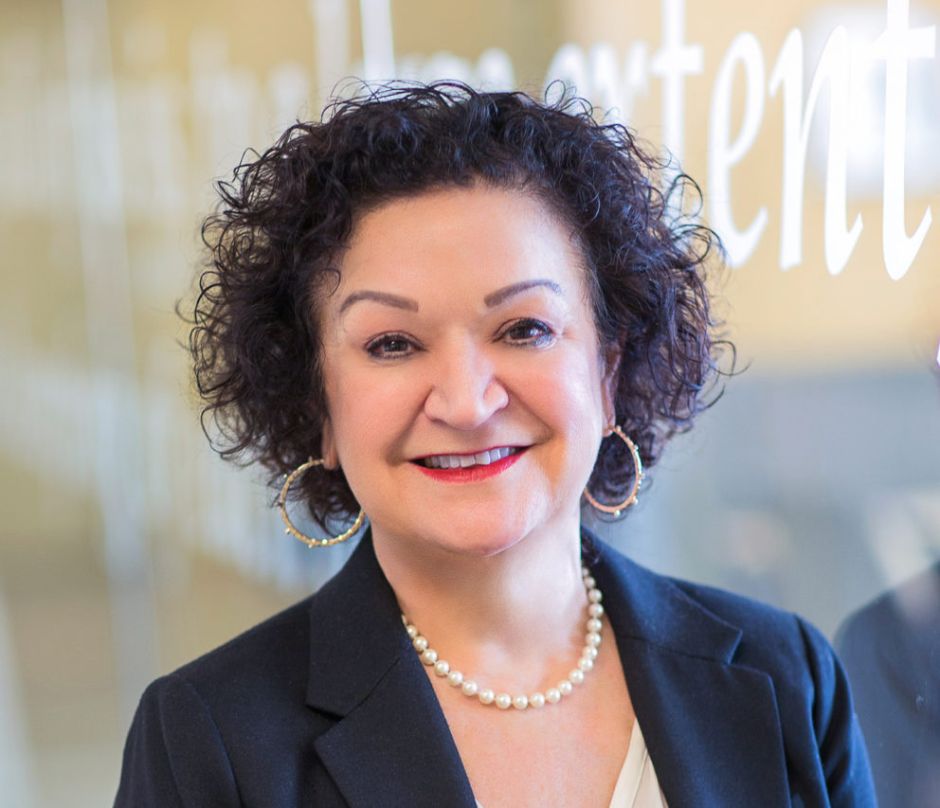Luz Vega Marquis leaves the Marguerite Casey Foundation and more than 40 years of assistance to the low-income community
After founding and directing for more than 19 years, the Marguerite Casey Foundation, Luz Vega Marquis withdraws from the altruistic sector that he came to by "pure accident," he says. Through the foundation, he managed to create a nationwide movement that raised the voices of low-income families, minorities and women.
“Most of us found jobs by chance. It was not necessarily an intentional process, ”he tells The opinion is immigrant from Nicaragua. He arrived in San Francisco, California when he was between 13 and 14 years old. He graduated from the University of San Francisco, and obtained a master's degree in Latin American studies from Stanford University. He did not imagine that he would dedicate his life to philanthropic work.
It all started when he entered the Finance Department of the James Irvine Foundation, where he stayed for 17 years. There she was director of the scholarship program and was in charge of the office in Northern California.
“I have had all positions and created foundations such as the Community Technology Foundation of California (CTFC). I started them out of nowhere. There was only money, ”he says.
As executive director of the CTFC, she was instrumental in developing the structure for the scholarship program, and bringing information technology to the poorest communities.

But what leads her to retire?
“I want to be a hundred percent grandmother and take my grandchildren to school. I have a four-year-old grandson, ”he explains.
But he also wants to spend more time with his family, with his brothers and sisters.
However, Luz does not leave at all. He says he wants to participate in the life of the community.
“I am a member of the board of directors of the Group Health Foundation that we are creating; and I want to help as a volunteer, ”he says.
The legacy
If you feel proud and excited about something, it is your legacy. “I feel very good about the work that our colleagues have done in the community,” external.
In 2001, he says they started at the Marguerite Casey Foundation with 600 million dollars. In the recession of 2008, they lost almost half of the capital. But they managed to reverse, and in 18 years they have delivered 500 million dollars.
He has also created a foundation managed and directed by a majority of people of color. 82% of the members of the board of directors of the Casey Foundation are people of color.
"That's very important in the field of philanthropy because when you see the statistics, only 10% of the people on the boards are people of color. ”, exposes.
The other thing that the Casey Foundation did differently is to dedicate 75% of the money to organizations run by Latinos, blacks, Asians and women.
The other part of his legacy has been to deliver the funds differently.
"We decided to give the scholarship money to the organizations that work, have relationships and have created trust in the community"He exposes. 40% of the scholarships have been for Latino organizations, he adds.
The intention was to create a social movement guided by poor families focused on five opportunities.
“The first thing was to meet organizations that know each other, work together, and have the capacity to help the community express their voice; the second was to look for those organizations that train youth and adults in leadership; and the third opportunity is to support public policies such as the reform of the criminal justice system, ”he details.
Another opportunity has focused on the creation of 17 networks run by scholars, and which focus on issues such as housing, health and immigration.
"These networks are a way of working together to create a common agenda for all communities," he says.

What advice do you give Latinos so they can be board members?
“They have to create a relationship with the foundations and work in a community organization. Once they succeed, they should not forget where they come from. I have met many people who are on those boards and never do anything to help Latinos, ”he says.
Now there is a lot of information, way to connect and become more visible, he adds.
He admits that "nothing would make me so happy that Latinos begin to grab those jobs."
However, if there is something you have learned during your years in the philanthropic sector, it is that pTo make changes, not just one person and organization is enough. "Let's do it together," he emphasizes.
Another leading Latina
Luz reveals that her successor is another Latina, Carmen Rojas, Nicaraguan and Venezuelan, who has already served on the board of directors of the Casey Foundation since June 1.
"My dream would be for her to grab the best we have done and will continue in practice, using the best lessons and inheritances we have been able to amass in these 20 years as the legacy of working with poor communities," he says.

Recommendation
What recommendation do you give to organizations that support immigrant communities and seek support from foundations?
“It is very important that when a budget is sent, they explain what they want to achieve as an organization, and have the conviction to continue fighting. If today they reject them; Maybe not tomorrow. They must keep insisting, ”he says.
Light precise that the resources of the foundations, is a money that belongs to all.
“When an individual with a lot of money forms a foundation, he is given a 40% exemption. So we have to look for resources to be used with love for humanity. Whenever we are going to allocate resources, we must ask ourselves where the common good is here. ”








